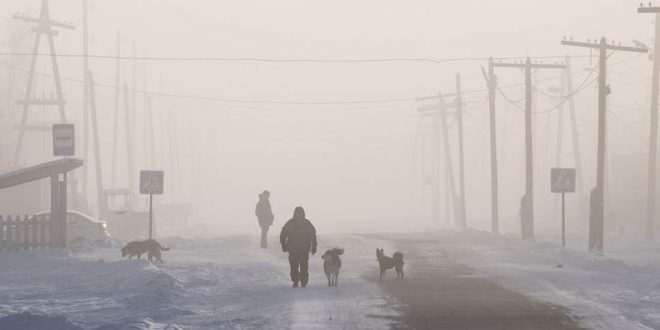Temperatures could rise by as much as 9.1C while mass-melting would see size of permafrost drop by quarter
Climate change could make large swathes of Siberia habitable before the end of this century, a new study suggests.
Winter temperatures could rise by as much as 9.1C while mass-melting would see the size of the permafrost drop by a quarter under the most extreme scenario considered feasible by scientists.
Researchers said the speed with which humans could move to Siberia would depend on investments in infrastructure, as the region was currently poorly served.
The two trajectories are accepted by the Intergovernmental Panel on Climate Change as being at the lower and upper ranges for greenhouse gas emissions: RCP 2.6 assumes global emissions will peak by 2020, with emissions declining substantially thereafter; whereas under the RCP 8.5 scenario, emissions will continue to rise throughout the 21st century.
Under the group’s worst case simulations, permafrost coverage in Russia’s far east would decrease from the current level of 65 per cent to 40 per cent by the 2080s.
But Dr Parfenova said this was likely to change: “Asian Russia is currently extremely cold. In a future warmer climate, food security in terms of crop distribution and production capability is likely to become more favourable for people to support settlements.”
She added: “However, suitable land development depends on the authorities’ social, political and economic policies.
“Vast tracts of Siberia and the far east have poorly developed infrastructure. The speed these developments happen depends on investments in infrastructure and agriculture, which in turn depends on the decisions that should be made soon.”
Vladimir Chuprov, of Greenpeace Russia, said there were a number of factors triggered by a warming Siberia that would complicate efforts to increase the human population there.
“Permafrost degrading would mean that at any area with dominating swamps or wetlands, it will be impossible to build infrastructure” in the short term, he told The Independent. He added that “higher temperatures will provoke more insects, which is bad for agriculture”.
The Independent
 Lebanese Ministry of Information
Lebanese Ministry of Information



